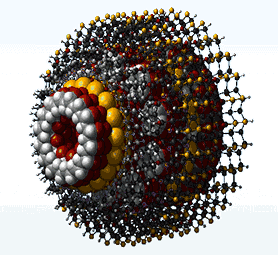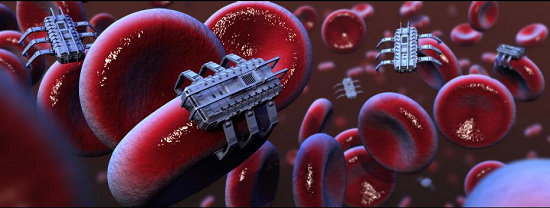Nano_assembler in the structure of nano autonomous bio robots (PhD in nano-microelectronics)
Researcher and author: Dr. ( Afshin Rashid)
Note: In intelligent nanostructures, the concept of Nano-assemblies is summarized in all the information and code needed to produce a similar inventory . Is interpreted.
Nanobots are small machines designed to perform specific and sometimes repetitive operations with great precision. Another capability of nanobots is self-replication and they are also compatible with the biological conditions of the human body. They have an advanced level of machine intelligence to choose the best option for diagnosing the disease. For example, cancer, which is the most common incurable disease, they will not only be able to identify the exact location of the cancer, but also inject the right medicine to kill the cancer cells.
In terms of function, nanobots are divided into two categories:
Nano autonomous robots : Each of the nano-robots in this category has a separate nano-computer that controls the nano-robot and makes the nano-robot operate independently.
Insect Robots: These types of robots are part of a nano-robotic fleet that is all controlled by a central computer.
Nano robots (Nano robots) small car used to carry out special operations and some are very high repeat accuracy. Nanobots are generally divided into two categories: medical and military. Collaborative behaviors, that is, the cooperation of nanobots and their coordination in missions, sometimes the collective performance of nanobots has better results. Some nanobots must be able to assemble themselves automatically or reproduce like single-celled organisms, and also be able to repair themselves if damaged. Information planning and processing The processing of information collected from the biological environment and programming for nanobots is of particular importance.
Conclusion :
In intelligent nanostructures, the concept of nano -assemblies is summarized in all the information and code needed to produce a similar inventory . Be.
Researcher and author: Dr. ( Afshin Rashid)
PhD in Nano-Microelectronics




